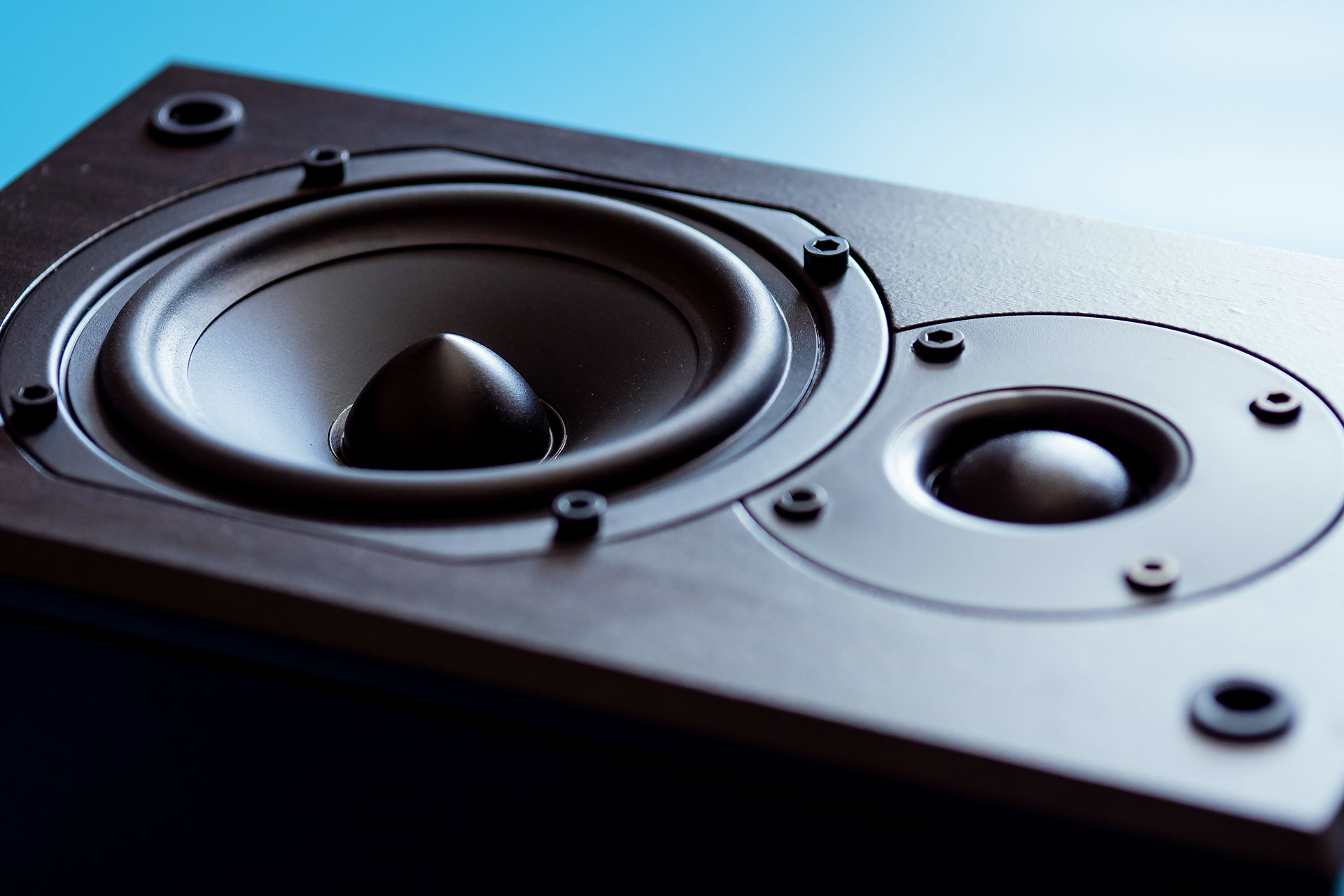Let’s say you’ve got the basics down. Speakers? Check. Amplifier? Check. Subwoofer? Maybe. You fire it up… and something’s missing. It’s not bad. It’s just… flat. That’s the curse of a “good enough” sound system—where everything looks right on paper but doesn’t move you when the music hits.
So what’s the secret sauce? Turns out, it’s often in the details people skip.
Speaker Placement Isn’t Just Technical—It’s Transformational
Where your speakers sit matters just as much as what they are. Sound doesn’t travel in neat little lines. It reflects, bounces, and shifts based on surfaces, angles, and furniture.
Bad placement causes:
- Dead zones where you lose clarity
- Harsh highs from poor reflections
- Bass that feels boomy in one corner and missing in another
Good placement, on the other hand, brings the sound to life—clear imaging, balanced response, and that immersive “sweet spot” that makes you stop mid-sentence when your favorite song comes on.
The Right Cables Actually Do Make a Difference
Yes, cables. Not the sexiest part of the system, but absolutely essential. A quality audio chain is only as strong as its weakest link. Cheap, noisy cables can introduce distortion or hum. Worse, they can limit the signal flow, choking your gear’s potential.
Don’t overpay for snake oil, but don’t underestimate the role of clean, shielded, properly sized wiring. Especially over longer distances.
Room Tuning Isn’t Just for Recording Studios
Even high-end gear sounds muddy in an untreated space. Echoey ceilings, hard walls, oversized windows—they all interfere with your system. That’s why pros fine-tune the room and the gear.
It might mean:
- Acoustic panels
- Area rugs
- Smart speaker calibration
- Digital room correction tech
Once you hear the difference, you’ll wonder how you ever tolerated the “before.”
Power Management—Yes, It Matters
Your system runs on electricity. And if that electricity isn’t clean and stable, your performance suffers. Fluctuations can cause buzzing, inconsistent output, or long-term damage to your components.
A solid power conditioner or surge protector not only protects your investment—it often improves it, offering quieter backgrounds and more stable dynamics.
Conclusion
A killer sound system isn’t always about adding more gear. Sometimes it’s about revealing the quality that’s already there—through better placement, smarter connections, cleaner power, and a room that welcomes sound.
Great sound isn’t just about volume, it’s about depth, texture, and moments that give you goosebumps. And those moments? They live in the little things.




